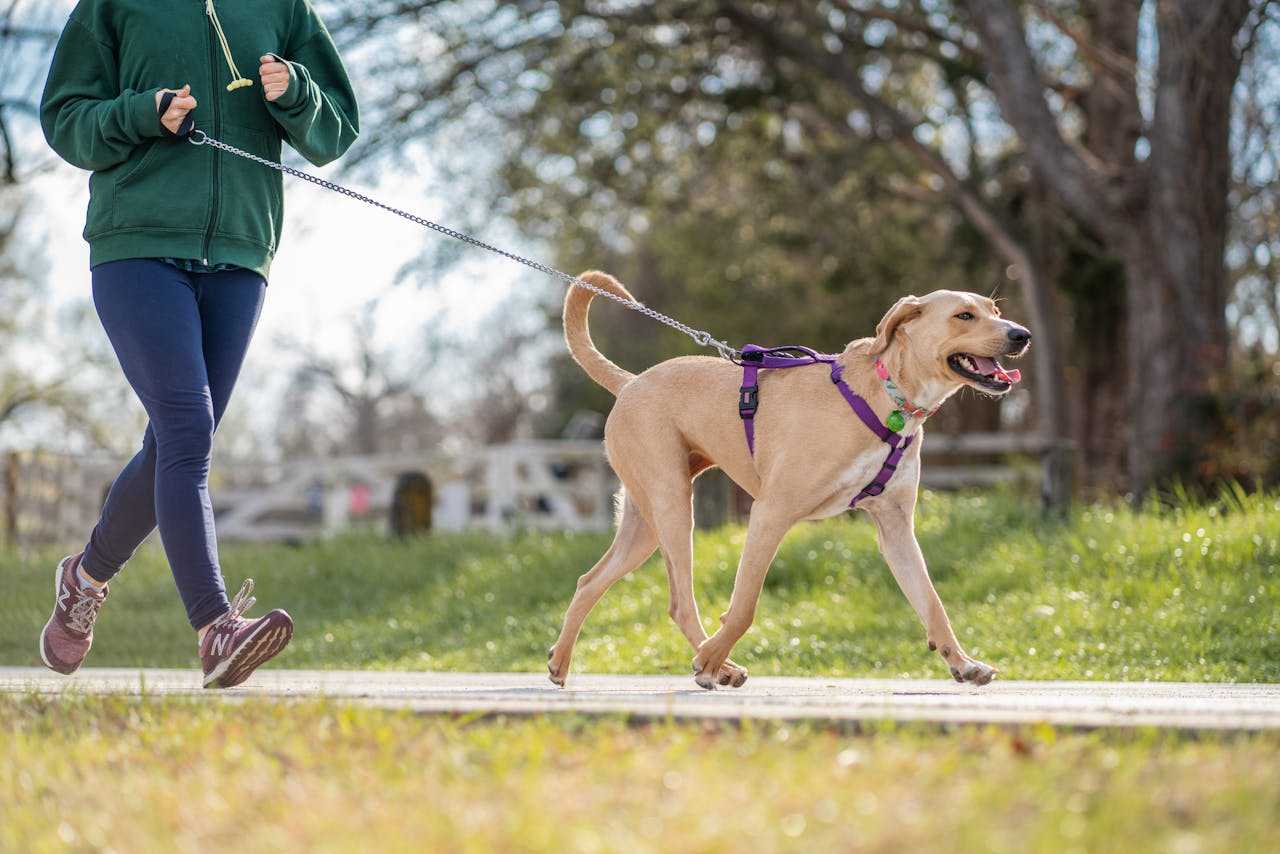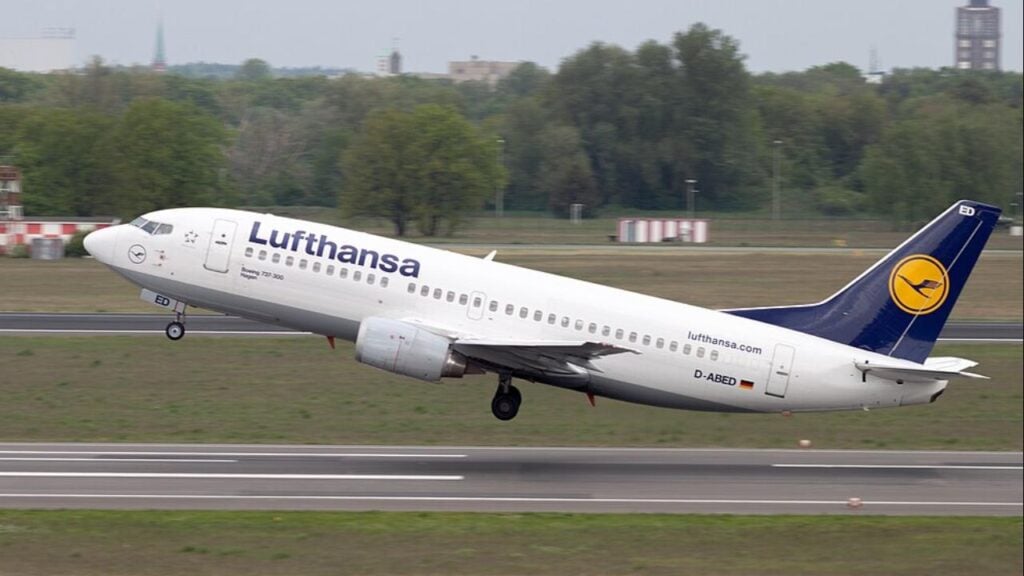Iran has recently expanded its ban on walking dogs in public to more than 20 cities across the country. The ban, which first appeared in Tehran in 2019, now affects cities including Isfahan, Kerman, Kermanshah, Ilam, Hamadan, Boroujerd, Robat Karim, Lavasanat, and Golestan.
“Dog walking is a threat to public health, peace and comfort,” said Abbas Najafi, prosecutor of the western city of Hamedan, in a statement to Iran’s state newspaper. Officials claim these measures aim to maintain public order, ensure safety, and protect public health, though they haven’t provided specific evidence for these concerns.
The restrictions don’t stop at walking dogs. Authorities have also banned transporting dogs in vehicles, and some cities are shutting down pet shops and unauthorized veterinary clinics.
Why dogs face restrictions in Iran
The ban stems from both religious views and concerns about Western influence. Many religious scholars in Iran consider dogs “najis” or ritually impure, particularly their saliva. Contact with dogs requires ritual purification according to some interpretations of Islamic law.
Iran’s Supreme Leader Ayatollah Ali Khamenei stated in 2017 that keeping dogs for reasons other than herding, hunting, or security is “reprehensible.” He added, “If this practice resembles that of non-Muslims, promotes their culture, or causes harm and disturbance to neighbors, it is deemed forbidden.”
In 2021, 75 Iranian lawmakers condemned dog ownership as a “destructive social problem” that could “gradually change the Iranian and Islamic way of life.”
Life for dog owners under the ban
Despite the restrictions, there is no national law that completely bans dog ownership in Iran. Instead, local prosecutors issue directives that police enforce, creating inconsistent application across the country.
Dog owners face tough choices. Many have resorted to walking their pets in secluded areas at night or trying to transport them discreetly. Those caught violating the ban may face arrest, and their dogs can be confiscated.
Similar Posts
Confiscated animals often end up in what some veterinarians call “pet prisons,” where conditions are reportedly poor. Dr. Ashkan Shemirani, a Tehran-based veterinarian, has described these facilities as places where seized animals are held without adequate food or water.
A form of quiet rebellion
Despite the government’s stance, pet ownership in Iran is rising. The Iran Veterinary Society estimates that between six and eight million pets, mostly cats and dogs, live in Iranian homes – meaning roughly one in ten Iranians owns a pet.
For many young Iranians especially, owning a dog represents a form of quiet rebellion against restrictive social norms. Along with defying mandatory hijab laws, attending underground parties, and drinking alcohol, dog ownership has become a way for some citizens to express personal freedom.

Animal rights activists in Iran have organized protests against the bans and municipal dog culling. A recent gathering in Isfahan demonstrated growing public opposition to these policies.
As authorities continue to expand the dog walking ban, the tension between government restrictions and personal freedoms remains a significant issue in Iranian society.


















